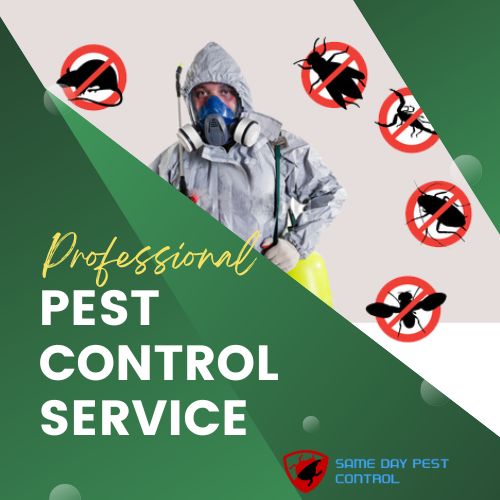Pest control is an age-old challenge faced by humanity. From the earliest farmers trying to protect their crops from locust swarms to modern homeowners battling termites, we have always sought ways to fend off these unwanted invaders. Over the years, we have developed various methods to keep pests at bay, from chemical solutions to biological controls. Today, as the world becomes more conscious of the environmental and health effects of traditional methods, the pest control industry is rapidly evolving. Here’s a look at the future of pest control, focusing on eco-friendly solutions and innovative approaches. Pest Control Cheltenham
The Problem with Traditional Pest Control
For decades, chemical pesticides have been the go-to solution for most pest control needs. They are effective, quick, and often cost-efficient. However, the downsides are becoming increasingly evident:
- Environmental Impact: Many pesticides are non-biodegradable, meaning they persist in the environment long after their intended use. This can result in harm to non-target species and long-term ecological changes.
- Health Concerns: Pesticide exposure has been linked to a range of health issues in humans, including cancer, neurologic disorders, and reproductive problems.
- Resistance: Over-reliance on chemical solutions can lead to pests developing resistance. This not only makes them harder to control but also demands the development of even more potent (and potentially hazardous) chemicals.
Given these concerns, the quest for safer, more sustainable pest control methods is paramount.
Biological Controls: Nature’s Own Pest Management
One of the most exciting areas in modern pest control is the use of biological controls. This involves employing natural enemies of pests to control their populations. Examples include:
- Parasitoids: These are organisms that lay their eggs inside or on a pest. When the eggs hatch, the larvae feed on the pest, eventually killing it.
- Predators: Certain insects, like ladybugs, feed on pests such as aphids. By introducing or encouraging these predators, pest populations can be reduced.
- Pathogens: Certain bacteria, fungi, and viruses are lethal to pests but harmless to humans and other animals. These can be introduced to control pest populations.
While biological controls offer promise, they require a deep understanding of local ecosystems to ensure that they do not cause unintended consequences.
Technological Innovations in Pest Control
The digital age hasn’t left pest control behind. Here are some tech-driven innovations:
- Drones: Used for monitoring large agricultural areas, drones can spot pest infestations early, allowing for targeted treatments.
- Smart Traps: These traps use pheromones or other attractants to lure pests. Once trapped, sensors alert property owners or pest control professionals.
- Precision Agriculture: This method uses data analytics and sensors to apply pesticides only where needed, reducing the overall use of chemicals.
Plant Genetics and Pest Resistance
Modern genetics provides tools to develop plants that are inherently resistant to pests. While there's controversy around genetically modified organisms (GMOs), they offer a potential solution for reducing the need for external pest control. For instance, Bt cotton is engineered to produce a protein toxic to certain pests, eliminating the need for chemical treatments.
Natural Repellents and Barriers
Sometimes, the best approach is to prevent pests from becoming a problem in the first place. Natural repellents, like essential oils, can deter pests without harming the environment. Physical barriers, such as copper tape or diatomaceous earth, can also prevent pests from accessing plants or properties.
Conclusion
The future of pest control is bright, with a clear shift towards more sustainable and eco-friendly methods. As technology and our understanding of nature evolve, so too will our ability to manage pests without compromising the health of our planet or its inhabitants. Embracing these innovative solutions will ensure that we can coexist with the natural world in harmony, rather than in conflict.





Comments